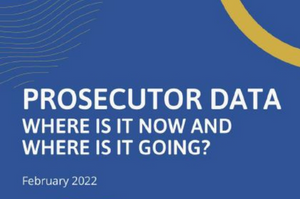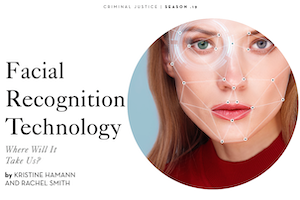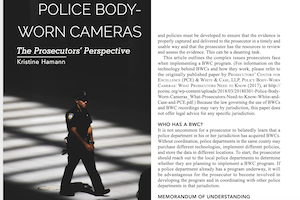Public Police Conduct Disclosure Website (2022)

Arizona Prosecuting Attorney’s Advisory Council (Phoenix, AZ)
Population: 7,174,000 | Number of Members: 858 | Contact Information
The Arizona Prosecuting Attorneys’ Advisory Council (APAAC) has developed a public, internet accessible database (often referred to as a Brady list) that contains names of law enforcement officers for whom there are materials which must be provided in discovery in order to comply with Brady v. Maryland and its progeny.





